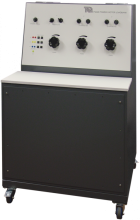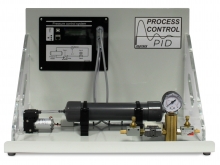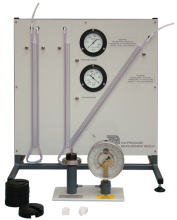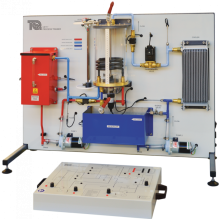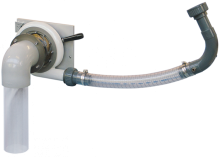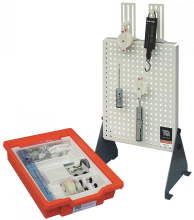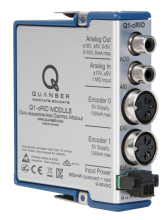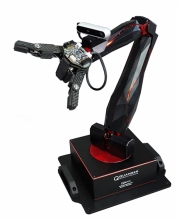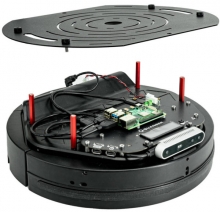A mobile load bank to provide balanced and unbalanced three-phase loads and single-phase loads with variable leading or lagging power factors.
Education Equipment for Teaching Alternative Energy Principles
The alternative range offers teaching equipment for the core principles of different types of alternative energy including solar and wind turbine generated energy.
Pages
-
Item Number:PSA40 - Ancillary
-
Item Number:CT1733
The Pressure system consists of a variable-speed reciprocating air pump (compressor), the speed students can adjust, a pressure vessel, and an outflow system. The outflow system allows ...
-
Item Number:H30 - Experiment
A bench mounting apparatus to enable practical demonstrations and investigations into pressure and vacuum measurement techniques using manometers and Bourdon type gauges.
-
Item Number:TE3300/02 - Experiment
Self-contained mobile module using pressure as the control variable to illustrate the principles of single-loop control and the calibration & tuning of controllers, transmitters, converters and valves. Demonstrates feedback control, P/PI/PID control and pressure control. Cascade control available when used with the flow process training system and distributed control when used with optional computer control system software.
-
Item Number:CE117 - Experiment
TecQuipment's Process Trainer (CE117 - Experiment) is a fully integrated and self-contained bench top process control apparatus containing valves, pumps, power supplies and ancillaries to allow flow, level, temperature and pressure control strategies to be investigated individually and in combinations.
-
Item Number:MFP101C - Experiment
Propeller Turbine for use with the MFP101 Centrifugal Pump Module.
-
Item Number:ES10 - Experiment
TecQuipment's Pulley Kit (ES10) demonstrates the mechanical advantage of different combinations of pulleys and a simple wheel and axle.
-
The Quanser Q1-cRIO is a C series module for the National Instruments CompactRIO controller. The Q1-cRIO module has been designed specifically for controls education and allows to easily interface with most Quanser control experiments. The Q1-cRIO has one analog input, one analog output, and two configurable single-ended encoder input interfaces.
-
With Quanser's QArm, students get a systematic understanding of the design of robotic systems and concepts. Comprehensive studio-type course resources to motivate students and provide the basis for interactive challenges is included.
-
The Quanser QBot 3 is an innovative open-architecture autonomous ground robot, built on a 2-wheel mobile platform. Equipped with built-in sensors, a vision system, and accompanied by extensive courseware, the QBot 3 is ideally suited for teaching undergraduate and advanced robotics and mechatronics courses.

